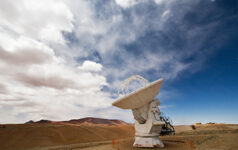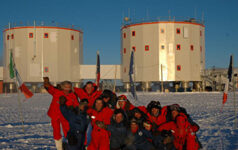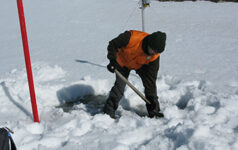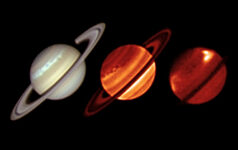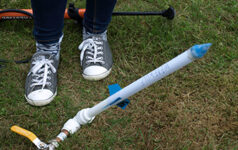More than meets the eye: the exotic, high-energy Universe
In the third article in this series on astronomy and the electromagnetic spectrum, learn about the exotic and powerful cosmic phenomena that astronomers investigate with X-ray and gamma-ray observatories, including the European Space Agency’s XMM-Newton and INTEGRAL missions.
















